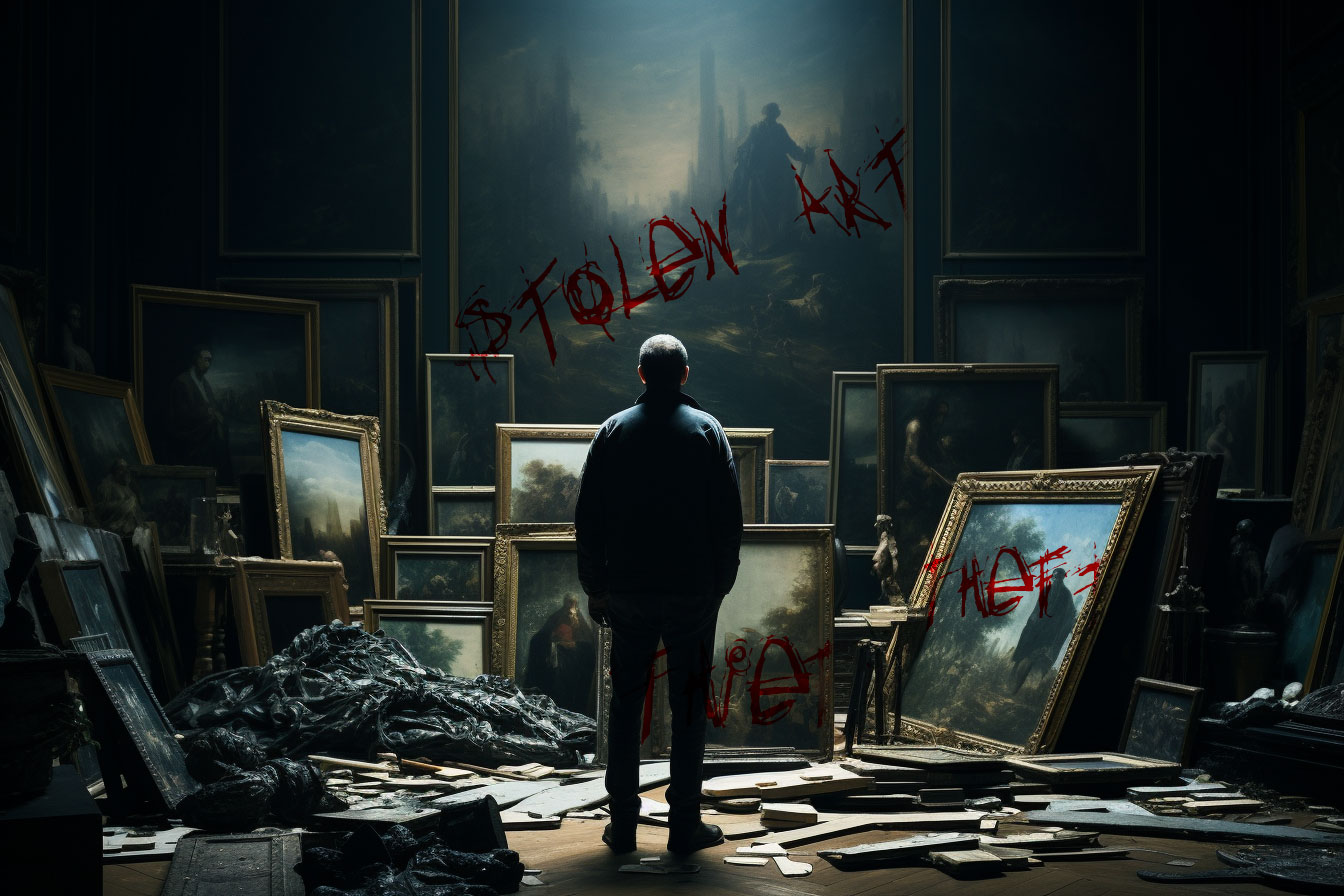
Does Stable Diffusion Steal Art?
Ever been caught in the crossfire of a techno-artistic debate? Today we’re tackling a hot one – does Stable Diffusion steal art? Let’s not jump to conclusions. This isn’t a straightforward thumbs up or thumbs down kind of deal. It’s an open-ended narrative that threads through the intricacies of art, technology, and intellectual property.
Does Stable Diffusion steal art?
Nope, it doesn’t sneak into galleries and nab Van Goghs under the cloak of darkness. But what it does do is learn, adapt, and transform existing artworks into new pieces. That’s the beauty and the controversy of AI art. It blurs the lines between innovation and imitation, raising plenty of eyebrows and questions along the way.
There’s more under the surface. We’ve got a lot of layers to peel back here – legal, ethical, even philosophical – as we try to gauge the true footprint of Stable Diffusion in the art world.
Table of Contents
An Artistic Heist or a New Creative Frontier?
Art’s been evolving since some genius smeared charcoal on a cave wall. Each generation, each culture, each artist adding a little something to the mix. It’s been a journey, and the introduction of AI in the mix, it’s like tossing a meteorite into a serene lake.
So, what about Stable Diffusion? It’s not your traditional brush-and-canvas affair. This AI system is trained on an enormous dataset of art, assimilating styles, techniques, and nuances. It then generates fresh, unique pieces – stunning tapestries woven from the threads of pre-existing art. It’s like a cosmic jukebox, replaying the symphony of artistic evolution in a novel, vibrant chorus.
But does that make it theft? Well, that’s the billion-dollar question, isn’t it? And it’s got the art world split down the middle.
In the next sections, let’s unravel this mystery and explore the shifting sands of what constitutes ‘theft’ in the digital art sphere. We’re also going to plunge into the ethical debates this new frontier has sparked and the potential legal implications surrounding AI art.
The Theft Debate
The world of digital art is massive and overarching, filled with nuances, subtleties, and endless perspectives. It’s a bit like sailing in uncharted waters—enjoy the beauty, but be prepared for the unexpected. And boy, Stable Diffusion is an unexpected whirlwind.

Now, to understand whether Stable Diffusion ‘steals’ art, we need to dissect what it actually does. Its modus operandi involves training on existing art pieces, picking up styles and techniques, and then using this ‘knowledge’ to generate original works. It’s like the AI is a student, with the entire history of art as its teachers.
Critics argue that this is tantamount to theft. They claim that using someone’s art as a foundation for creating new pieces, without explicit permission or compensation, crosses ethical lines. It’s as if Stable Diffusion is sneaking into the grand gallery of art history and taking what it pleases.
On the flip side, proponents argue that Stable Diffusion is merely an evolution of the age-old practice of artists learning from and being inspired by previous works. They liken it to a painter studying Da Vinci’s techniques to create a unique piece. No one would accuse that painter of ‘stealing’ Da Vinci’s art, would they?
In the next sections, we’ll explore the legal dimensions of this debate, the potential implications for original artists, and the broader ethical questions posed by AI in artistry. As the tale of Stable Diffusion unfolds, one thing becomes clear: the art world is on the cusp of a significant transformation. And you, my friend, have a front-row seat.
Interpreting AI Art: A New Frame of Reference
As we get deeper into the heart of this debate, it’s worth noting that the digital age presents a different understanding of what art and originality mean. With AI tools like Stable Diffusion, we’ve entered a realm where art doesn’t just mimic life, but other art forms as well.
Sure, it can be alarming. The thought that an AI system can replicate the painstakingly developed style of a seasoned artist can seem unfair, even unnerving. But is it theft? To answer this, we must first appreciate that Stable Diffusion, and similar AI, are not self-willed entities stealing from the art world out of avarice or ambition.
These are systems, designed and programmed to learn and create based on existing art. Their purpose isn’t to replicate, but to generate new pieces that expand the possibilities of what art can be. Is that wrong? The lines become blurry when we start viewing AI as a tool rather than a sentient being.
Moreover, AI-generated art is often unpredictable, a characteristic that aligns with the human element of surprise, randomness, and novelty that we so appreciate in traditional art. This hybridity is what’s steering us towards an entirely new genre of art that questions our notions of originality and ownership.

In the next section, we’ll examine the responses from the art world and whether the ethics align with the legal reality of our times.
The Art World’s Response: Ethics vs. Legal Realities
The art world’s reactions have been as varied as the strokes of a painter’s brush. Some view it as a welcome innovation, a novel palette in the grand tableau of artistic expression. Others, however, view Stable Diffusion as an affront to the principles of originality, a digital thief pilfering the sacred treasure of artistic creativity.
One thing is clear—AI’s role in art is forcing us to reconsider what constitutes originality. The ethical question here isn’t clear-cut. If Stable Diffusion is seen as a tool, then using it to create derivative works could be compared to a painter using a reference photograph. If it’s viewed as a separate entity, though, then the ethical waters become murkier.

Legally, the situation is just as complex. In many jurisdictions, copyright law has not kept pace with the rapid advancement of AI technologies. As it stands, legal precedent doesn’t provide a clear answer. In fact, the U.S. Copyright Office has stated that works produced by a machine or mere mechanical process that operates randomly or automatically without any creative input or intervention from a human author are not registrable. This leaves a gray area when it comes to AI-generated art.
What then is the way forward? It’s clear that the emergence of AI art is not a passing trend but a revolutionary moment that is changing the face of art as we know it.
Harmonizing Creativity and Legality
As we stand at the crossroads of creativity and technology, the debate on Stable Diffusion’s role in art theft continues to unfold like an unfinished canvas. The introduction of AI in the art realm doesn’t signal an end to originality, but a transformation, a redefinition of the parameters of artistic expression.
The magic of art lies in its continual evolution, in the ability to transform and adapt to the zeitgeist. As AI becomes more entrenched in our artistic practices, it’s clear that our understanding of concepts such as originality, creativity, and authorship will need to evolve.
While ethically, the debate rages on, it’s also crucial to update legal frameworks to accommodate this shift. Legal bodies worldwide need to grapple with these new realities, and provide clear guidance on the copyright status of AI-generated art. Such laws must balance the rights of original artists, AI artists, and those using AI as a tool for creation.
Moreover, the art community, technology developers, and policymakers need to come together to discuss these challenges. It’s in these multi-disciplinary conversations that we’ll find the path to a more inclusive and fair digital art landscape. Platforms like Stable Diffusion could introduce mechanisms to credit and compensate original artists whose works have been used for AI learning. At the same time, artists can explore novel ways of utilizing AI as a creative tool, rather than seeing it as a threat.
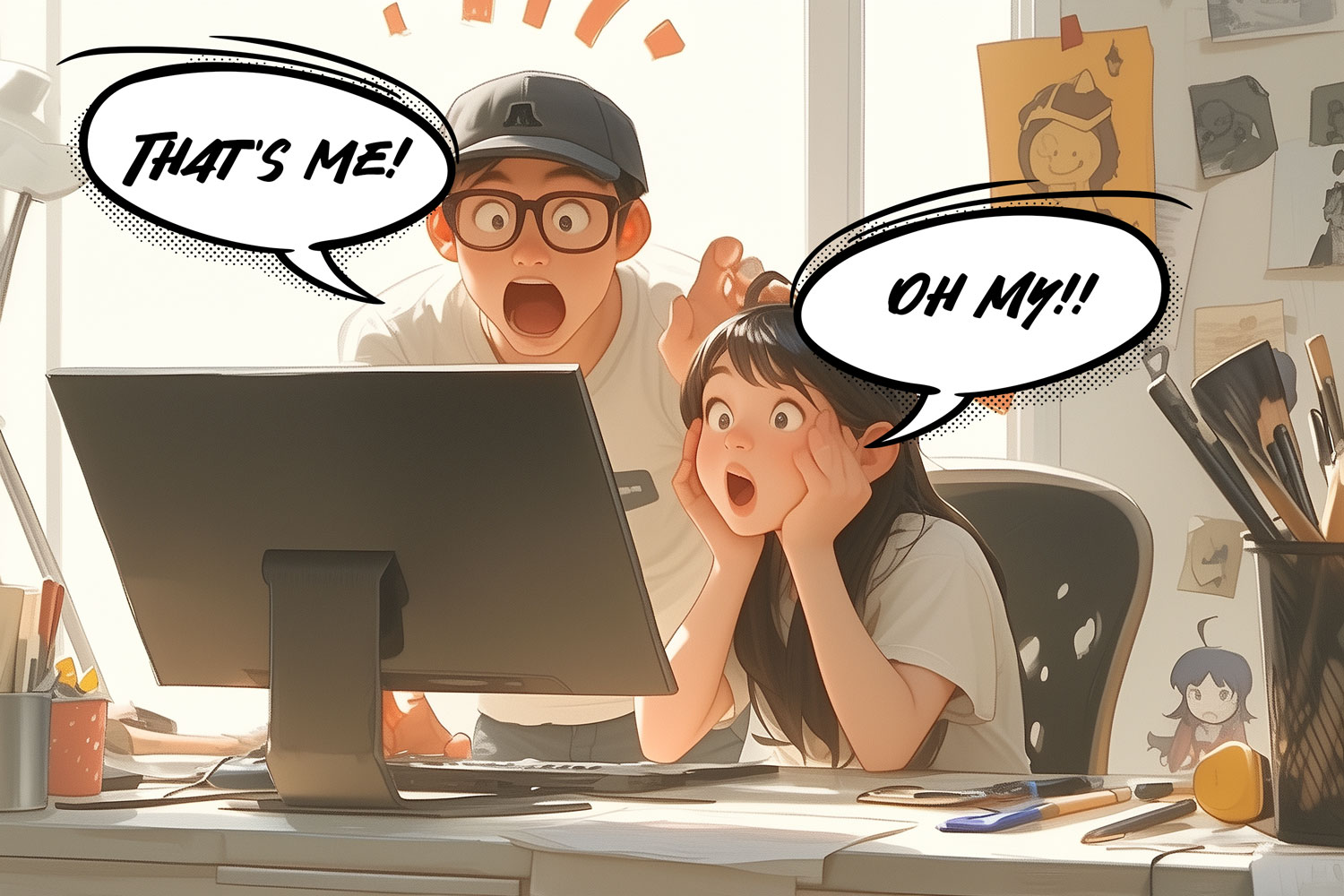
Introduction: The Problem of Art Theft and How it Affects Artists The problem of art theft has always been a major concern for artists, but with the rise of digital art and the advancements in AI technology, it has become even more complicated. Many AI art platforms like Stable Diffusion, Dall-E, and Midjourney are using…
We’re only at the beginning of this AI movement. It’s scary, exciting, and very controversial territory that requires us to ponder and redefine the very essence of art. The question isn’t so much “Does Stable Diffusion steal art?” but “How can we evolve and adapt our concepts of art and originality in the age of AI?”

Do you want my opinion?
I’m going to share you my onions. I stand with artists worldwide who see this as theft, and I empathize with their perspective. I hope they win this battle. But honestly, I believe they’re fighting against a wave that’s just too strong to resist. Instead of battling the tide, we need to ride it, explore alternative ways to monetize our data and innovate with it.
AI, like any technology, doesn’t just make things easier; it adds complexity. It brings a whole new set of tools that can spark unimaginable creativity. And sure, we’re already seeing it, but, it’s just the beginning.
I, for one, don’t plan on being left in the digital dust. I’m embracing these tools, adapting to them, and integrating them into my workflow. And guess what? I’m going to share all of this with you. You can check it out right here. So, are you ready to dive into this new era of creativity with me? Everyone’s about to get a taste of what it’s like to be a creative director. You’re not about to take my job anytime soon, but I’m happy to share it!
Ethics and Legalities:
- Is Stable Diffusion ethical?
- What is the controversy with Stable Diffusion?
- Does Stable Diffusion steal art?
- Is Stable Diffusion censored?
- Is Stable Diffusion stealing images?
- What is the bias of Stable Diffusion?
- Is Stable Diffusion legal?
- Are AI artists really artists?
- Why is AI art illegal?
- Does AI art rip off artists?
- Can Stable Diffusion be used commercially?
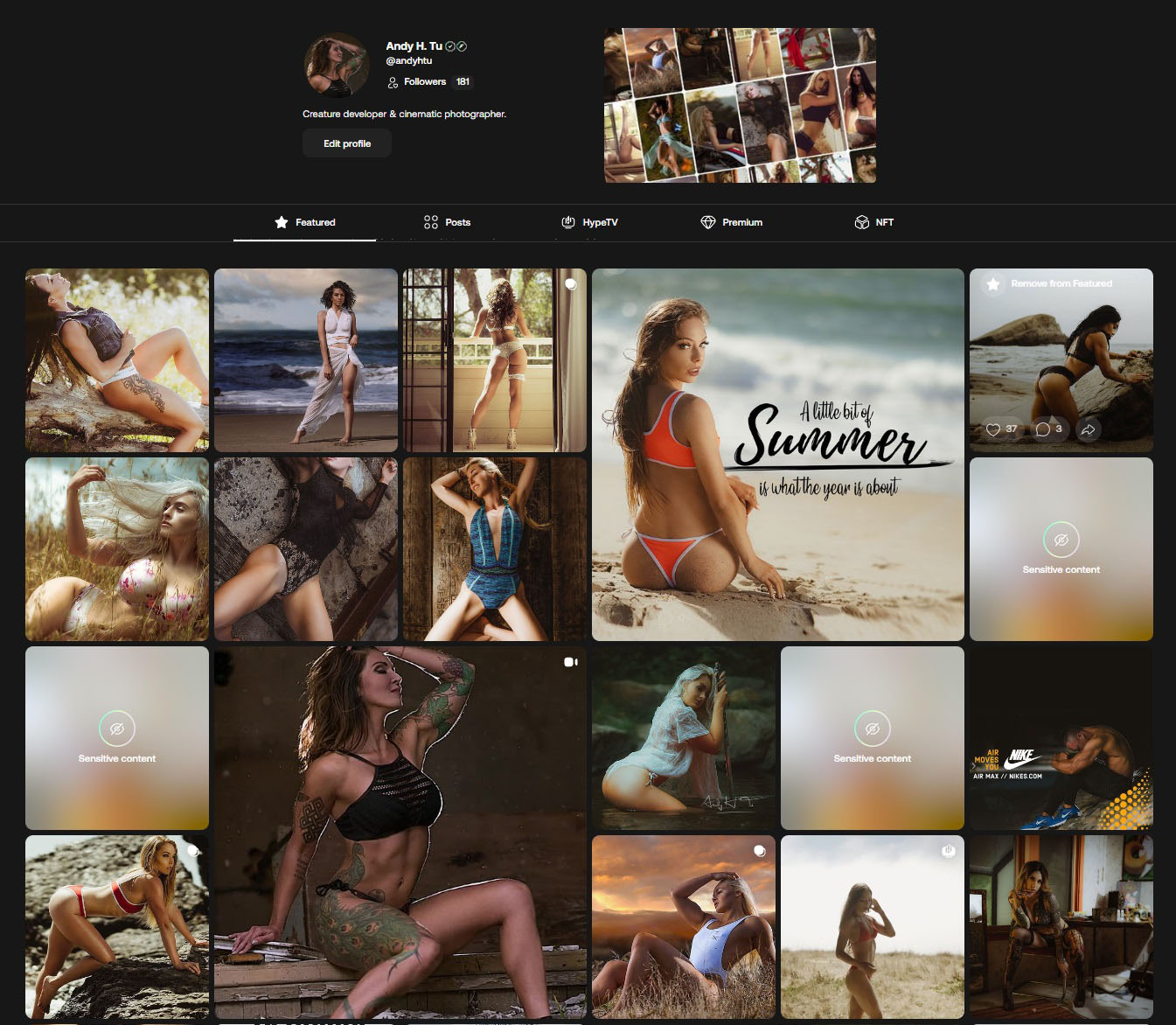


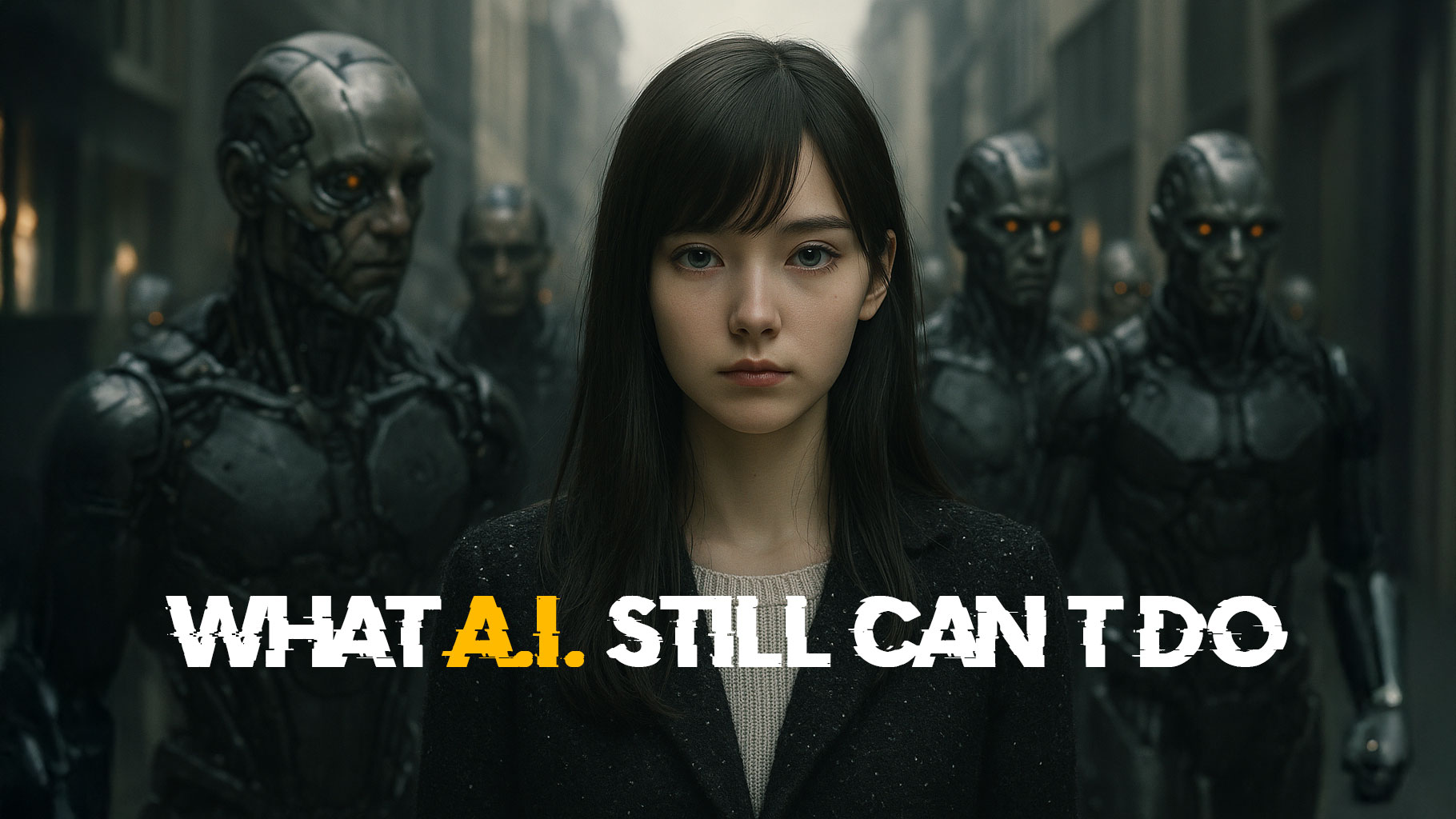


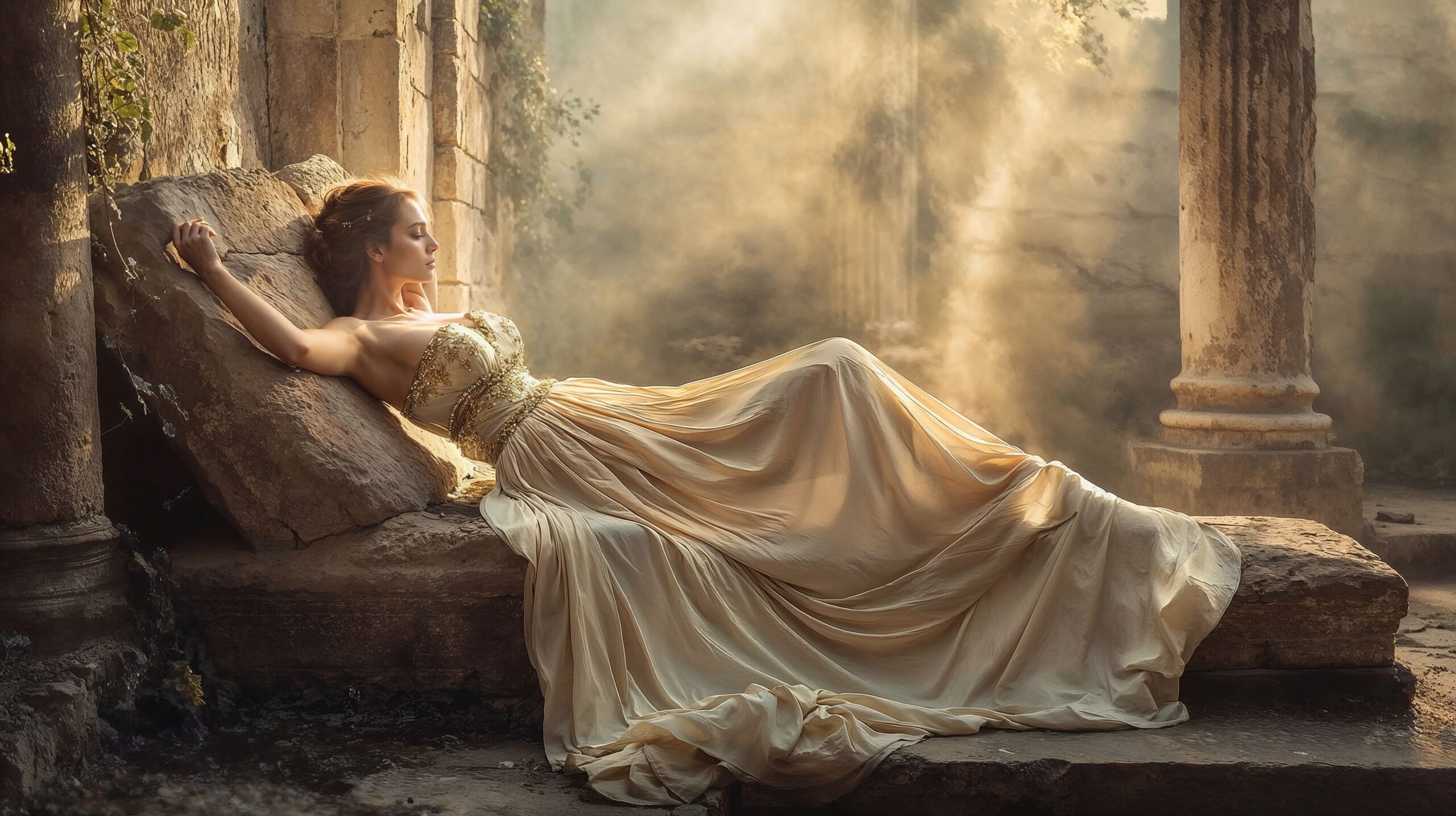

Leave a Reply